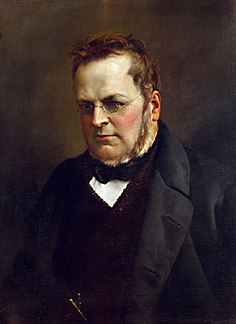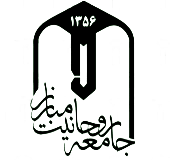
The Social Democratic Party is a social-democratic political party in Andorra.

The Iranian parliamentary elections of February 20 and May 7, 2004 were a victory for Islamic conservatives over the reformist parties. Assisting the conservative victory was the disqualification of about 2500 reformist candidates earlier in January.

Parliamentary elections were held in Chad on 5 January 1997, with a second round on 23 February. They were the first multi-party elections since independence in 1960 and resulted in a victory for the ruling Patriotic Salvation Movement (MPS), which won 65 of the 124 seats in the National Assembly. However, the elections were marred by electoral fraud widespread vote rigging, and local irregularities marred these elections, as the 1996 presidential elections. Voter turnout was 45.6% in the first round and 45.3% in the second.
Parliamentary elections were held in Iran on 18 February 2000, with a second round on 5 May. The result was a solid victory for 2nd of Khordad Front and its allies, the reformist supporters of President Mohammad Khatami.
Parliamentary elections were held in the Maldives on 22 January 2005. At the time of the elections political parties were banned, so all candidates ran as independents. Supporters of President Maumoon Abdul Gayoom emerged as the largest group in the People's Majlis.

Parliamentary elections were held in Iran on 20 June 1975. All 268 seats were won by the new monarchist party, the Rastakhiz Party. Voter turnout was 48.6%, although according to official reports, for both houses, out of an electorate of 14 million, 70 percent registered to vote and 52 percent of the electorate cast its vote.

Legislative elections for Majlis of Iran were held on 14 March 2008, with a second round held on 25 April 2008. Conservatives loyal to President Mahmoud Ahmadinejad were considered the victors of the election, at least in part because "all the most prominent" reformist candidates were disqualified from running.

Parliamentary elections were held in Iran on 13 March 1980, with a second round on 9 May. They were the first elections to the Majlis since the overthrow of the Shah, and were contested to a considerable degree on a party basis.

Parliamentary elections were held in Iran on 8 April 1988, with a second round on 13 May. The result was a victory for leftist politicians who later emerged as reformists. The number of clerics elected to the Majlis was reduced by over a third.

Parliamentary elections were held in Iran on 10 April 1992, with a second round on 8 May. The elections were the first parliamentary elections held in Iran since the death of Ayatollah Khomeini and during Ali Khamenei's leadership.

Parliamentary elections were held in Iran in 1952 to elect the 17th Iranian Majlis.

Parliamentary elections were held in Iran on 4 August 1967. The result was a victory for the New Iran Party, which won 180 of the 219 seats in the Majlis. Voter turnout was around 35%.

Parliamentary elections were held in Iran on 9 July 1971. The result was a victory for the New Iran Party, which won 230 of the 268 seats in the Majlis and 28 of the 30 elected seats in the Senate. Voter turnout was around 35%. The elections were boycotted by the Pan-Iranist Party, which complained that the government held a monopoly over campaign broadcasts on state radio and television, and also claimed that its newspaper had been censored. Its offshoot, Iranians' Party, won a seat by its secretary-general.

General elections were held in Italy on 27 January 1861, with a second round on 3 February. The newly elected Parliament first convened in Turin on 4 March 1861, where, thirteen days later, it declared the unification of the country as the Kingdom of Italy.

General elections were held in Italy on 22 October 1865, with a second round of voting on 29 October. It was the second one in the history of Italy.

General elections were held in Italy on 29 October 1882, with a second round of voting on 5 November. The "ministerial" left-wing bloc emerged as the largest in Parliament, winning 289 of the 508 seats.

The Belarusian Peasant Party was a right-wing liberal political party in Belarus.
The Belarusian Patriotic Party is a political party in Belarus loyal to President Alexander Lukashenko. Nikolai Ulakhovich is party chairman.

Parliamentary elections were held in the Maldives on 22 March 2014. The Progressive Party of Maldives and its allies won 53 seats.























